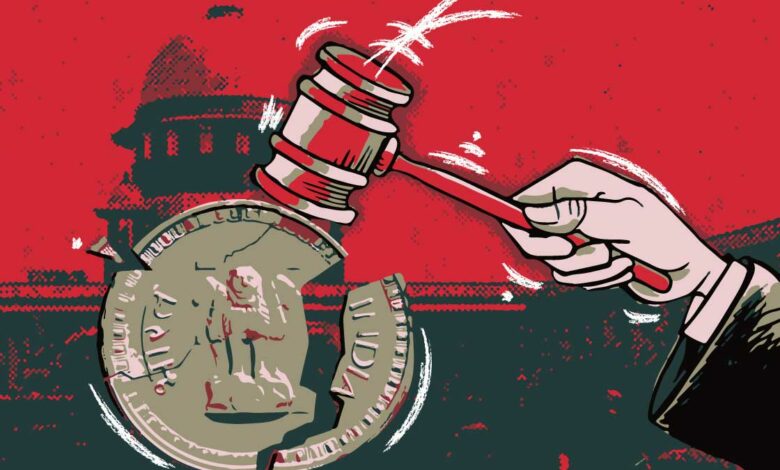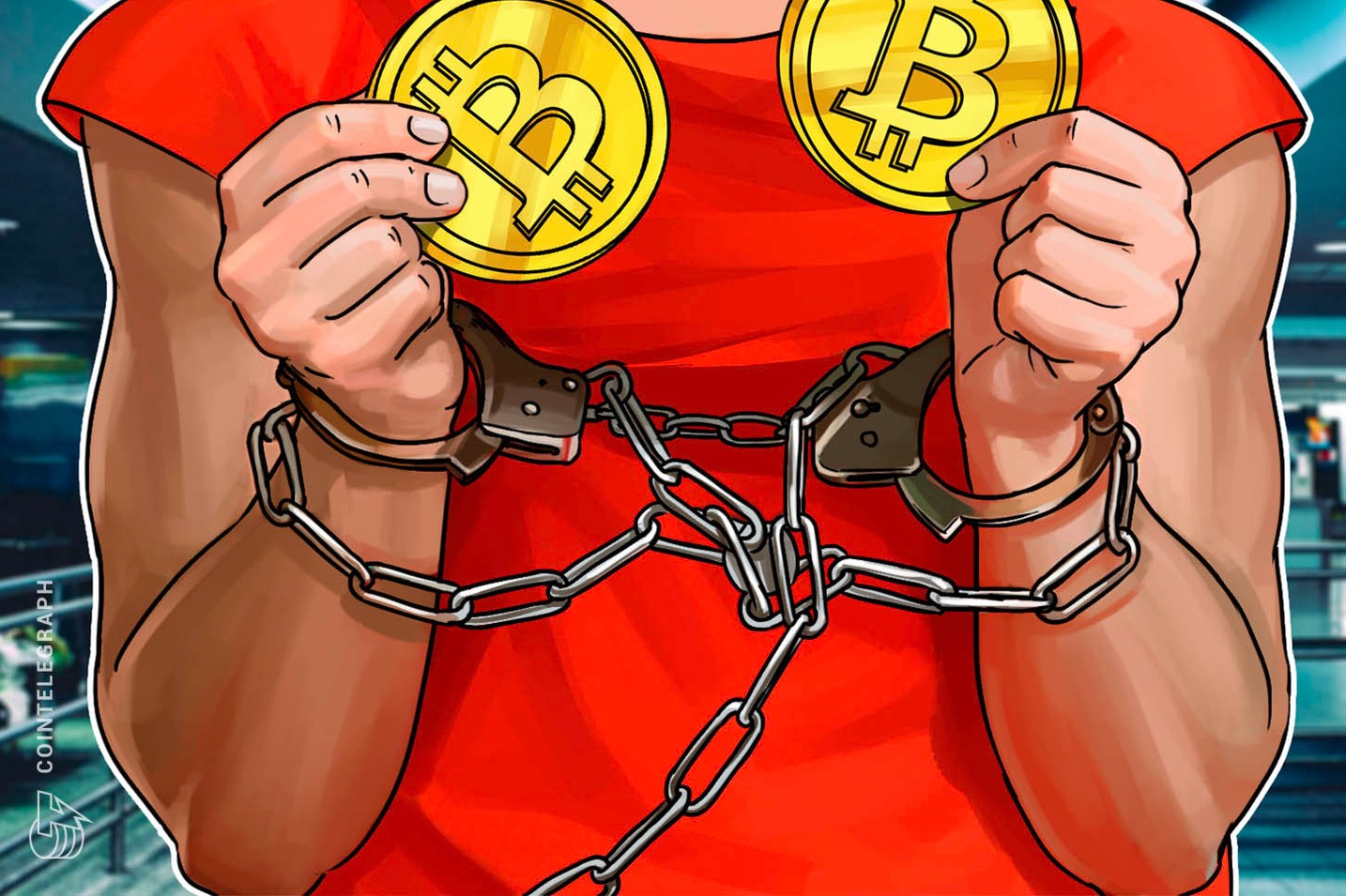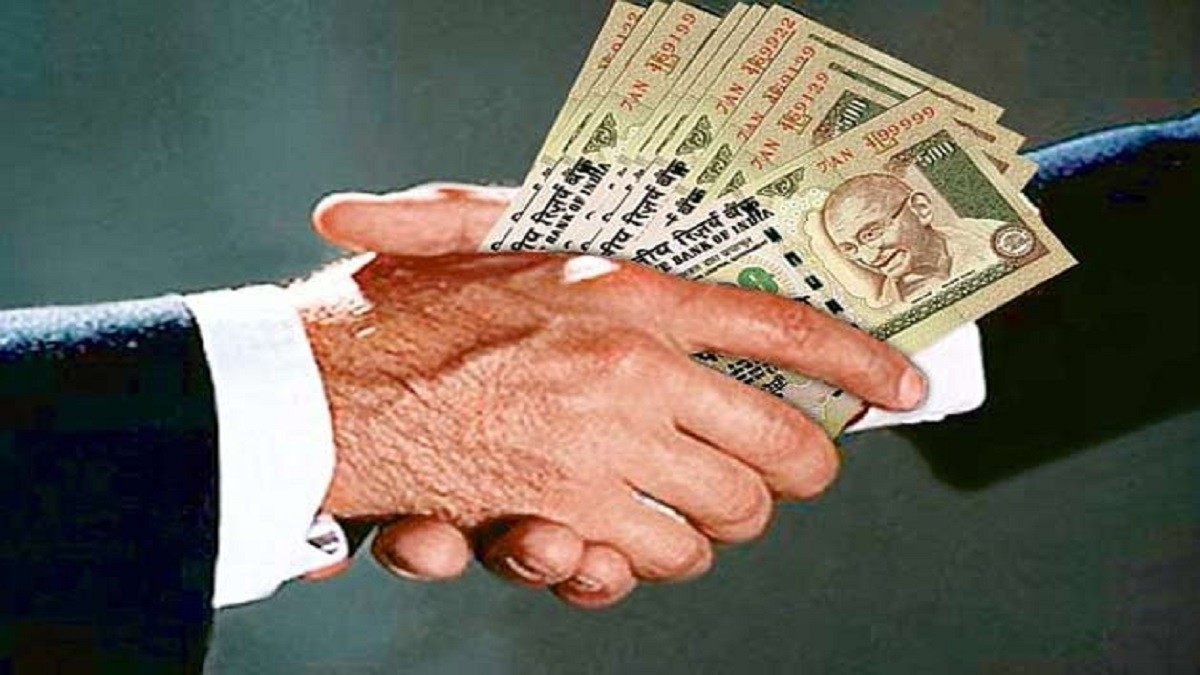Extortion lies within India’s deep links. How does it go under the radar despite instilling so much coverage in Mumbai’s underworld?

Mumbai’s extortion economy facades the real-worthy truth happening behind the backs of the community. The cold reality is that extortion lies at the intersection of commerce, police, politicians, and gangsters. Extortion lays back to the raging story of the 1990s when it centered on many Indian cities. Among the metropolitan cities, the threat centers in Mumbai, where most of the extortions become a trade-off in the government’s eyes. Before we move further ahead, let’s look at why it has been on the radar for a while now. Extortion, which is an economic edifice, gained recognition in the 1990s and aroused in the streets of Mumbai. However, it was quite under the cosh until it once again came back into the headlines earlier last month. The discovery of the SUV near Antilia, the posh south Mumbai residential tower owned by India’s richest man, Mukesh Ambani, unraveled a series of political distress. The upheaval threatened Uddhav Thackeray’s Government in Maharashtra.
Extortions have become one of the scariest truths riding the businesses in Mumbai. It comes with a fact that it is not just mere blackmail but is knitted with almost every aspect of human life. The extortion economy’s tentacles tap up into the footholds of urban outfitters, from street vendors and colossal industries to law enforcement agencies and the underworld. The way it has come back into the system shows the implications that it might have had behind the scenes. It is not just a predicament that the extortion lives through the roots of Mumbai’s underworld. But it also shows that it would never fade away from our corrupt system until the government takes extreme steps to overcome the bizarreness. The older edifice changed its contours to include new avenues and targets, adopted new communication systems that were extended to the jails. All of these discretionary tactics saw a boom in land and property deals, morphed into cyber extortion, and so on.
How did the news manage to extract out from the undercover?
A few days ago an SUV stacked with 20 gelatin sticks was found near Antilia. After thoroughly investigating the vehicle, the Mumbai Police’s crime branch detained Tariq Praveen, a close aide of fugitive gangster Dawood Ibrahim Kaskar. Tariq Praveen was accused of collecting part of the Rs. 10 Lakh extortion payout from a dry fruits trader who had received multiple threat calls. How did the extortion racket worked perfectly for Tariq and his team is mentioned under an inquiry report ascertained by Director General of Police Sanjay Pandey? It was a painstakingly and brave attribute of the DGP that enabled the report to the surface through media outlets. Pandey while opening out the evacuation report said that report got stalled by two senior-most officers in Mumbai Police.
The extortion network laid down the pathway of extremism as it included police officers. The police officers got the privilege of deciding targets and amounts in covering the matter. The gangster, Ejaz Lakdawala who was the leading outsource of the mission allegedly claimed that an IPS officer was his boss. The cold reality that condors India is that extortion lies in every surrounding near us, but we don’t get to know about it due to how it gets carried out. The extortion network that is prevailing today has an amendment in it, which shows that for how long it has channelized beneath our eyes.

Corruption and extortions regulate the police hierarchy.
Organized collection of extortion money is always considered as a facade, but its instrumental interest is in Indian politics. The funds accumulated get invested in the election campaigns and the development of the ruling party. The extortion continues to date and is secluded from the market’s restrictions. Irrespective of the markets, the government tends to shrewdly allow it to prevail in the current Indian system. DGP Pandey while reviewing his research said that extortion carries out in small-time networks and the macro-level. The small-time extortion for breaking traffic rules and from street vendors. It’s apparent but happens on a small network. The macro-level organized has a different synopsis in which extortion is institutionalized, and spoils are shared up a hierarchy. The current controversies beat the bush of all the previous stories that existed related to extortion. The institutionalized vindictive strategy is carried through the veins of Mumbai’s police hierarchy. The lid has blown off again from the underworld, which brings out corruption and criminalization within a section of the Police Administration.
The controversy of the SUV vehicle has led many suspects to the frail work, including the assistant police inspector Sachin Vaze. The inspector is the centrifugal figure of the calls, who revealed confidential information about the case of extreme extortion. His revelations sparked off a series of suspicious activities with the Police Administration. The unceremonious transfer of Mumbai Police commissioner Parambir Singh raised eyebrows at the current scenario. However, the BJP government tried to riff off the controversy by interfering in the matter. The validated facts exhibit that the economies around India are at a higher risk from their saviors. What needs to change and how can the impact of extortion become redundant?
Would the extortion end with the change of Government or its existence lie within the cores of Mumbai’s economical world?
It would be naive to believe that the extortion will evade a change in government. The lines of extortion go into Business and commerce agendas, and can’t be evacuated from their roots. The last 30 years have seen the government of all ideologies except the Left in Maharashtra. The extortion economy hasn’t suffered a bit. The loophole is a well-fed matrix that extends its implications towards the police and the politicians. Mumbai’s police commissioner MN Singh was left bemused by the coverage extortion gets in this country. The scale and depth are secluded from the organizations, Industries, and government authorities. It has its capitulation which constantly triggers the nation’s citizens. Figures don’t show the exact potency of extortion but it is soon going to become an infectious lane within Indian Politics. The intriguing solution to end the black money and hafta vasuli in India was dragged into shreds. The Narendra Modi government launched the demonization to end the staggering loophole, but it has turned out to be the exact opposite. The demonization had created havoc where the government gave time regulations to the public to change their currencies. It fueled a series of vicious moves by the big corporations which contradicted the government’s strategy.
MN Singh, on further assessment, said that ” What we know about extortion attempts and the transfer postings racket within the police has happened in the past too, but there seems to be complete chaos in handling this now. A strong police commissioner and the home minister can keep the extortion network in check.”
His comments were a follow-up of recent backlashes that have surrendered the police commissioner In hands of the underworld, who now are the king-sized entities of the market. A significant move has been handled from the jails as most of the conglomerates involved have a patrolling criminal record. The deep ends throttle their way into the system in an amelioration manner. The thought process of the jangling situation has been conducted for about three decades.

Backstories signify the extortion network.
The extortion culture in Mumbai has an eye-revealing history accumulated with it. It goes beyond the cotton trade industries in the British era. Look around us, we would see extortion networks working efficiently among traffic rules, street vendors, and so on. Eventually, extortion became part of the legitimate economy, the money helping finance-political activities. The underground extortion economy flourished by manipulating the system with the convenience of officials within it. The sprawling event paved the opportunity of working undercover operations of funding colossal political leaders to conduct their activities. The organizations aligned with the political parties stole the limelight when they successfully reiterated smuggling businesses. The fundings got operated with quid pro quos- the previous version of electoral bonds. The extortion syndrome is spreading rapidly, and at the moment no answers are posed by the government authorities. One of the earliest backstories was laid down in the city of Ahemdabad. The renowned gangster, Abdul Latif successfully operated a vandalized shakedown racket. His bootlegging operations thrived in the officially no-alcohol Gujarat. Goods were routed via Bombay where the heroic Varadarajan Maudaliar’s bootlegging and smuggling businesses boomed to entitle him, “Anna. His shocking catastrophic achievements did not ambush under any ruling government, making him the prolific gang leader of the whole racket. Haji Mastan, Karim Lala, Yusuf Patel began as petty criminals and established independent gangs, each with its network of small-time crooks and contract killers. Their motive didn’t get disrupted and they continued serving the Indian political administration with bulks of money. The gangs of the 1980s treated Bombay as their chessboard, knocking off one another off in a bid to supremacy. The post-liberalization year’s shockwaves were wiggling through Indian citizens, while Dawood Ibrahim foot soldiers made hafta-vasuli the norm of Mumbai. At that time, the rescuable motive faded away as the government found ways to acquire more money in their pockets. The deep lines would threaten every Indian citizen as to how Mumbai is drowned into the extensive cores of the racket. Between 1961 and 1991, the incident of violent crimes in the city increased by 341%. The report in cases of extortion was so low that the regulators in the State Department could not even have a clue of how big it had become. The number of people approached for extortion spiked by a whopping 153% but the number of cases registered only increased by 31%.
The extortion hasn’t faded away, but the ways got amended with passing time
The lines of Mumbai are interlinked by the extortion syndrome. Hardly any business or individual has cast its way out from the dreadful circumstances. Even the white-collar professionals see their corporates coerced into contributing. Coercion has played a vital impact on dwelling on the professional to indulge in the extreme capitulation. The extended geography now covers Mumbai’s far suburbs like Vasai-Virar and Kalyan-Dombivli, and satellite cities such as Panvel, Navi Mumbai, and the outskirts of Pune and Nashik. All these areas have witnessed exponential growth in real estate in the last decade. The trail drafts into the Mumbai-Pune linked highway where holiday towns Lonavala and Talegoan contractors have seen a cohesive rise in extortion. The land deals often contain extortion, which can be interlinked with connections from local politicians. “Only the underworld is not as dominant as In Mumbai,” said a high-profile couple from Mumbai who relocated to Lonavala and was greeted with indirect extortion attempts. Police hierarchy has constantly been the centric figure of extortion attempts.
A police officer who had recently seen his integrity being questioned said, “Cyber extortionists track people who visit pornographic sites, send their passwords and browser histories back to these people to extort money.” The reports got more confidential information, and the details of many credible people got popped up. If the reports got out we would have seen some of the top professionals guilty of it. Extortionists from the underworld or otherwise become politician strongmen to gain acceptability and immunity in the society. Business enterprises, filmmakers, political leaders donned white clothes to signify wisdom and peace. It doesn’t mean that extortion has stopped or faded away from political-related activities. It is burning out like an infection that has no cure until today. Things happen on the big stage yet remain undercover most of the time. Corruption leads to mismanagement in operations and integrity of the State which often reflects the economic patterns. The techniques have transformed over time, and it goes beyond the money evaluation. Control and possession of land, Construction rights of old buildings which are redeveloped, or sleeping partnerships with real estate industries have been the go-to pattern of extortion today. The creation of false cases has dragged the police hierarchy into the loophole. They get a whopping amount for trading off a false narrative in court to later reach an out-of-court settlement.
Chief Ministers have been rattled down to the extent of acceptance, and it is going sharply smooth even in the current government regime. Eradication of the extortion economy looks impossible as it is keen on extending its roots into the internal links of government matters. A rise of a true political leader who is unique from the bush needs integration if the system of extortion needs to end in India, and especially in Mumbai. It calls on for a social-economic-political overhaul to erase out the history of extortion.



